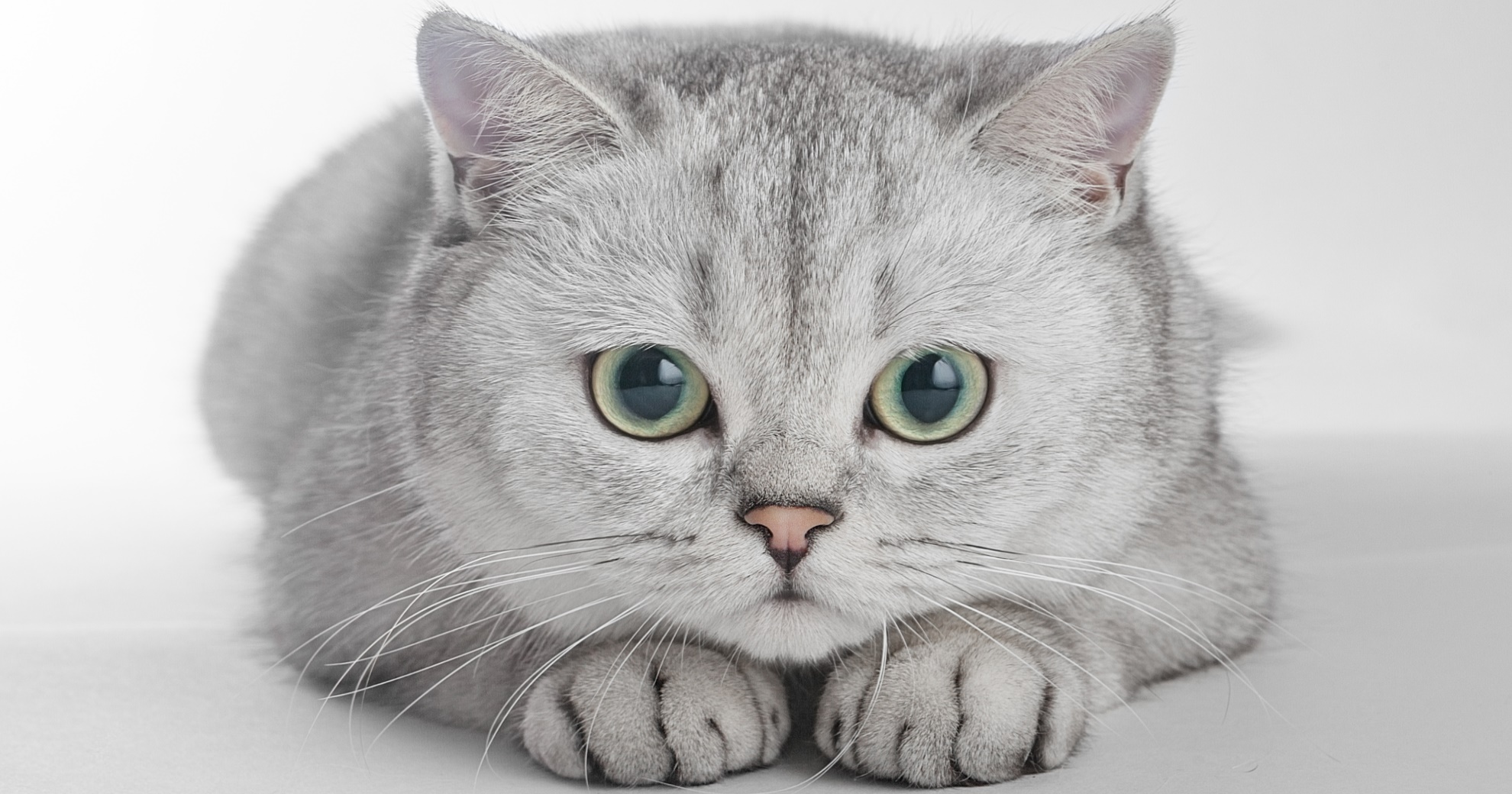HEALTH & WELLNESS

TRENDING
FELINE KIDNEYS: THE FACTS

Overview of Kidneys in Cats
ANATOMY OF KIDNEYS IN CATS
Cats, like all mammals, have two kidneys located in the abdomen and they perform a wide variety of important functions. Feline kidneys are paired organs that reside in the dorsal abdomen. One is situated on the left and the other on the right. The kidneys at birth are the same kidneys for the rest of a cat’s life. They don’t regrow, and ‘healing’ is a limited ability for this important organ.
THE KIDNEY – A REMARKABLE ORGAN
The kidneys have a variety of vital functions that include:
Excretion
Kidneys are part of the urinary system which is responsible for producing urine and excreting (eliminating) waste products found in blood. Urea (the major component of urine), excess water and toxins are examples of waste products the body doesn’t need and excretes.
Homeostasis
Homeostasis is the term used to describe a body that’s in balance; or in other words: a body with a stable internal environment. Kidneys help maintain this balance by filtering fluids and waste through the body and by playing a role in blood pressure. These and other functions make kidneys a major homeostatic organ.
Water Balance and Regulation
Kidneys regulate water balance in the body by controlling the water concentration of blood plasma.
Regulating Blood Pressure
Kidneys are involved in controlling blood pressure. They cause arteries and veins to constrict which increases the circulating blood volume and ultimately the pressure.
Here’s how it works: Renin – an enzyme that also acts as a hormone – is secreted by and stored in the kidneys. Renin promotes the production of the protein angiotensin. Angiotensin, in turn, causes vasoconstriction (the constriction of blood vessels). This then leads to an increase in blood pressure which restores perfusion pressure in the kidneys.
Erythropoiesis
Erythropoiesis is the medical term for the production of red blood cells. The kidneys produce a hormone called erythropoietin. This hormone stimulates bone marrow to create red blood cells. When the hormone is not produced, the bone marrow is not stimulated and red blood cells are not produced which can lead to anemia (lack of oxygen delivered to cells in the body).
Metabolism and Maintaining pH
Metabolism is commonly used to refer to the breakdown of food and its transformation into energy. Kidneys play an important role in the metabolism of carbohydrates, proteins, lipids and other nutrients (including calcium and vitamin D).
Metabolic processes continually produce acid (more) and base (less). Most acid comes from carbohydrate and fat metabolism.
Kidneys maintain the acid–base balance by:
- Reabsorbing bicarbonate from urine
- Excreting hydrogen ions into urine
TWO TYPES OF KIDNEY DISEASE – ACUTE AND CHRONIC
Acute Kidney Disease (Acute Renal Failure)
- Develops suddenly, over a short period of days or weeks. If diagnosed in time, acute renal failure can often be reversed.
Acute kidney failure can happen in cats of all ages and is usually the result of:
- Poisons such as pesticides, certain human medications, poisonous plants
- Infection in the kidneys
- Trauma, such as a burst bladder or broken pelvis
- Blockages that impede the flow of blood into the kidney and urine out of it
- Heart failure with low blood pressure, which reduces blood flow to the kidneys
Chronic Kidney Disease (CKD)
Chronic kidney disease (CKD) is found mostly in middle-aged and older cats and develops over months and even years. This means that the damage to the kidneys has been occurring over a longer period of time (chronic) before failure is evident.
There are many possible underlying causes of CKD in cats; however, the exact causes of CKD aren’t always clear. Causes of CKD could include:
- Congenital abnormalities and immune-mediated disease
- Kidney infections and blockages, which may not result in acute renal failure, but wear down kidney function at a low level for months or years
- Some chronic conditions that are common in cats, such as high blood pressure and hyperthyroidism
Clinical Signs of CKD
The most frequently observed clinical signs of CKD in cats include:
- Primary polyuria (PU) – increased thirst
- Compensatory polydipsia (PD) – increased urination
- Inappetence – lack of appetite
- Weight loss
- Lethargy
- Other reported clinical signs are mainly related to the gastrointestinal tract and include intermittent vomiting, constipation and halitosis
BREEDS PREDISPOSED TO CKD
Breeds that are reported to be disproportionately affected by CKD include:
Abyssinian, Maine Coon, Oriental shorthair, Siamese, Russian Blue, and Burmese cats
TREATMENT OF CKD
Feline CKD is a progressive, degenerative disease that cannot be cured since the damage to the kidney that is characteristic for CKD is irreversible; however, with the right treatment, it can be managed very successfully for many years without affecting the special bond between cat and owner.
The goals of treatment of CKD are to slow the progression of the disease, to maintain or improve the quality of life of the cat, and to extend life.
The main treatment goals when managing cats affected by CKD include:
- Reduction of hyperphosphatemia (electrolyte disturbance in which there is an abnormally elevated level of phosphate in the blood)
- Reduction of proteinuria (abnormally high protein levels in the urine)
- Reduction of hypertension








